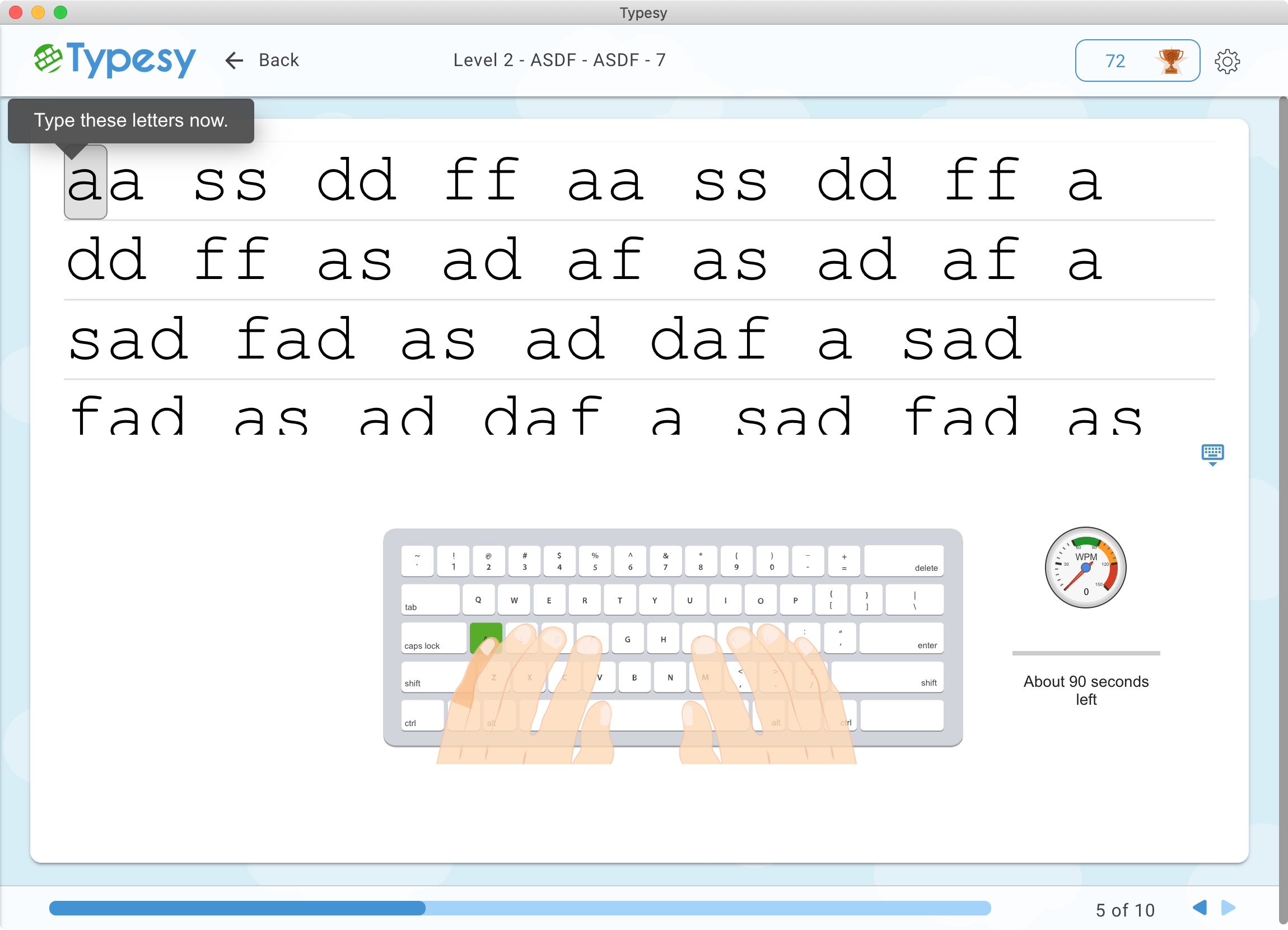

That said, however, there has long been a demand for games which specifically cater to children. Eventually parents’ desire to protect children from certain games led to the creation of a ratings system, the ERSB, in 1994. The 1990s saw an increase in controversy over adult themes and violence in video games. Only later would games with more mature content and themes, such as Mortal Kombat and Doom, enter the mainstream of gaming. Pong, Space Invaders, Pac-Man, Super Mario Bros., etc., contained no objectionable material which parents might has sought to shield their children from. Within that broad definition, there are a great many subcategories of children’s games.īefore looking at the history of games specifically designed for children, it should be noted that most popular early arcade and home games would probably be considered as appropriate for children as adults. They naturally avoid too-complex rule systems and are designed to be aesthetically appealing to certain age brackets. They feature age-appropriate content, with no realistic violence or inappropriate themes. Such games are often, but need not necessarily be, educational in nature.

And in that regard, Baldur’s Gate II is one of the most successful of all time.Kids’ games include any video game designed to be played by children. Good RPGs create worlds you don’t just want to play through, but live in. Your actions affect how NPCs and members of your own party see you and will open and close quests and other options. As you’d expect from a Forgotten Realms-based game, you can play through as the good guy, the bad guy, or someone in between. The reason Baldur’s Gate II is so fondly remembered is because of the excellent story and well-balanced combat.

The enhanced edition also adds four new characters you can simply ignore if you want to remain faithful to the original, and it builds Shadows of Amn and Throne of Baal right into the package. Why? To start, the remastered graphics lovingly reflect the look of the original, serving mainly to make them look sharp on today’s much larger monitors. Here’s a case where the enhanced edition of a game expertly accomplishes its goal it reminds fans of why they loved the original while making the game accessible to modern gamers. The writing, voice-acting, and depth of gameplay options are still among the best the genre has ever seen. Still, why bother playing this when there are many modern alternatives available on the Mac? Because the only thing missing in Sid Meier’s Alpha Centauri are the flashy graphics. No matter which you select, you feel like you’re doing the right thing when you conquer the others. The fun thing about Alpha Centauri is that none of the factions are bad guys.

You choose from seven factions, then research an unexplored planet, build new technologies and customize your units, and conquer anything hostile (or friendly, if that suits you) to claim victory. The turn-based strategy elements all remained. And the time this worked best was when Sid Meier took Civilization interstellar with Sid Meier’s Alpha Centauri. That’s because space makes everything so much bigger and more imaginative. “But what if this was set in space?” is a valid question for every video game ever made…even games that are already set in space.


 0 kommentar(er)
0 kommentar(er)
